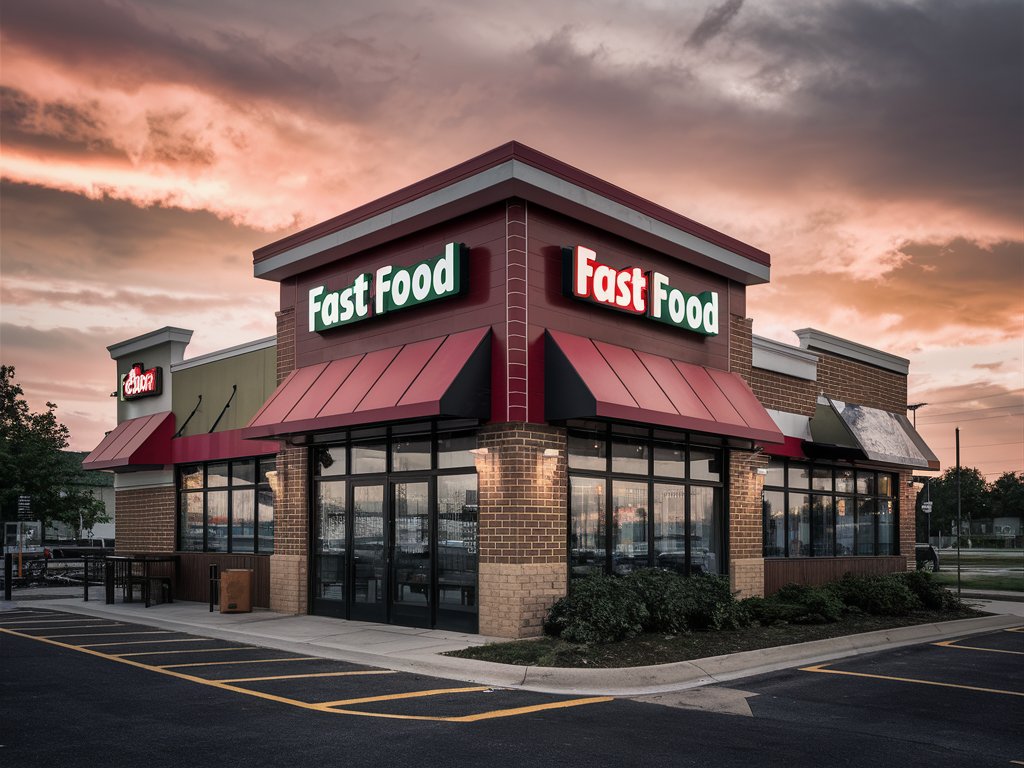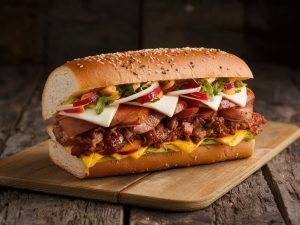The fast-food industry is a multi-billion dollar behemoth, synonymous with convenience, inexpensive, and (sometimes) questionable health choices. However, like any industry, it’s not immune to financial turbulence. In recent years, we’ve witnessed several fast-food operators filing for Chapter 11 bankruptcy protection. This blog post delves into the complexities surrounding this phenomenon, exploring the factors contributing to these filings, the impact on franchisees and employees, and potential paths to recovery.
Chapter 11: A Restructuring Lifeline
Chapter 11 of the US Bankruptcy Code provides a mechanism for companies to restructure their debt and emerge financially viable. It allows them to continue operating while developing a plan to repay creditors over an extended period.
For fast-food operators, Chapter 11 can be a last resort when facing significant financial challenges. These challenges can stem from various factors:
Shifting Consumer Preferences: Consumer health consciousness has been rising, prompting a shift towards healthier food options. Traditional fast food might struggle to compete with offerings promoting fresh ingredients and dietary awareness.
Increased Competition: The fast-food landscape is saturated with established chains and innovative newcomers. Staying competitive requires constant adaptation to maintain market share and customer loyalty.
Rising Costs: From labor expenses to ingredient prices, operational costs are on the rise. This can significantly impact advantage, especially for restaurants already experiencing low margins.
Debt Burden: Aggressive expansion plans or mismanagement can lead to a crippling debt load, hindering profitability and hindering the ability to invest in necessary upgrades or adaptations.
Also Read: Unforgettable US National Travels: Adventure Awaits
A Domino Effect: The Impact on Franchisees and Employees
When a fast-food operator files for Chapter 11, the ramifications extend beyond the corporate headquarters. The impact on franchisees and employees can be significant:
Franchisee Uncertainty: Franchisees, who operate individual restaurants under the brand umbrella, face uncertainty about their future. Lease agreements, royalty structures, and access to resources might be renegotiated, impacting profitability.
Employee Concerns: Chapter 11 filings can create a sense of job insecurity among employees. Reduced hours, layoffs, and potential wage changes can significantly impact their livelihood and morale.
Navigating the Storm: Potential Paths to Recovery
Despite the challenges, there are routes for fast-food operators to emerge stronger after a Chapter 11 filing. Some potential strategies include:
Debt Restructuring: Negotiating with creditors to extend payment terms and reduce overall debt can provide much-needed financial breathing room.
Operational Efficiency: Streamlining operations, reducing costs, and improving resource allocation can help businesses become more profitable.
Menu Innovation: Adapting menus to cater to evolving consumer preferences, including healthier options and catering to dietary restrictions, can attract a wider customer base.
Franchisee Support: Working collaboratively with franchisees to address their concerns, offering financial assistance, and ensuring they have access to necessary resources can boost overall stability.
The Road to Recovery: Is Chapter 11 a Death Knell or a Second Chance?
The result of a Chapter 11 submission for a quick-service restaurant owner hinges on numerous elements, such as the intensity of the financial difficulties, the success of the reorganization strategy, and the general state of the sector. While some firms may not endure the procedure, others may come out slimmer, more productive, and better prepared to maneuver the competitive terrain.
Case Studies: Learning from Real-World Examples
To illustrate these complexities, let’s explore a couple of recent fast-food Chapter 11 filings:
Premier Kings (2023): This Burger King franchise operator, with over 170 locations, filed for bankruptcy due to rising labor costs and difficulties negotiating lease renewals. The outcome of their restructuring plan is still unfolding.
Pizza Time Theater (1997): This pizza buffet chain struggled with declining sales and competition. Unfortunately, their Chapter 11 filing did not result in a successful recovery, and the company ultimately ceased operations.
A Look Ahead: The Future of the Fast-Food Industry
The fast-food industry is constantly evolving. To succeed in the long run, it’s important to adapt to trends, focus on efficiency, and build a strong business model. Chapter 11 can serve as a wake-up call, an opportunity to restructure and emerge stronger.
Conclusion: A Sea Change for Fast Food Operators
Chapter 11 filings for fast-food operators highlight the changing dynamics of the industry. Consumers hold the power, and their evolving preferences demand adaptations. For operators, navigating these challenges requires innovation, cost-efficiency, and a commitment to evolving alongside consumer tastes.







